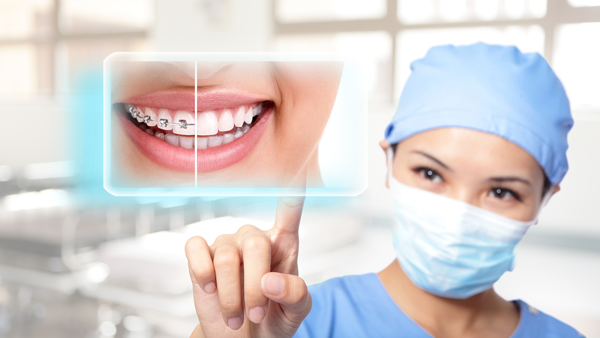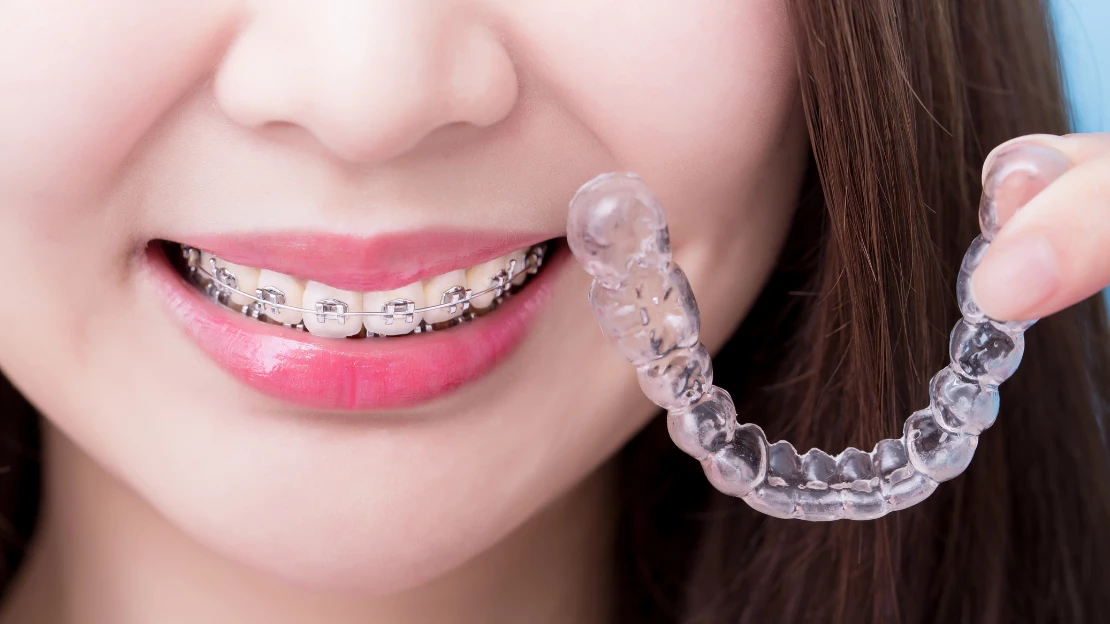The smart Trick of Legacy Orthodontics That Nobody is Discussing
The smart Trick of Legacy Orthodontics That Nobody is Discussing
Blog Article
Unknown Facts About Legacy Orthodontics
Table of ContentsFascination About Legacy OrthodonticsLittle Known Questions About Legacy Orthodontics.The Single Strategy To Use For Legacy OrthodonticsWhat Does Legacy Orthodontics Mean?Indicators on Legacy Orthodontics You Should Know
In enhancement, we supply adjustable treatment schedules, adaptable settlement choices and an enjoyable, satisfying experience.An orthodontist is a dentist trained to detect, protect against, and deal with teeth and jaw irregularities. They deal with existing problems and are trained to identify troubles that may develop in the future. Orthodontists deal with individuals of any ages, from kids to adults. People often link a best smile with healthiness.
Malocclusion, or misaligned teeth, can result in oral problems, including dental caries, periodontal disease, and hard or excruciating chewing. But not every person is birthed with straight teeth. If you have a negative bite or large rooms in between your teeth, you may desire to speak with a dentist focusing on orthodontic treatment.
Legacy Orthodontics for Beginners
( Picture Debt: DigitalVision/Getty Images) Orthodontists make use of taken care of and detachable dental gadgets, like dental braces, retainers, and bands, to alter the setting of teeth in your mouth. Orthodontic therapy is for oral irregularities, consisting of: Crooked teethBite issues, like an overbite or an underbiteCrowded teeth or teeth that are also much apartJaw misalignmentThe goal of orthodontic treatment is to boost your bite.
While you might assume of orthodontists as mostly for youngsters or teens who need braces, they can correct dental problems at any type of age. Orthodontists participate in university, dental school, and orthodontic school.
, yet not all dental professionals are orthodontists. They focus on two areas: How to appropriately and safely move teeth Just how to effectively direct growth in the teeth, jaw, and faceOnce an orthodontist has actually finished training, they have the choice to end up being board licensed.
All about Legacy Orthodontics
Malocclusion leads to tooth congestion, a twisted jaw, or irregular bite patterns. Malocclusion is usually treated with: Your orthodontist affixes metal, ceramic, or plastic square bonds to your teeth.
If you have only small malocclusion, you might be able to use clear dental braces, called aligners, rather of standard dental braces (https://packersmovers.activeboard.com/t67151553/how-to-connect-canon-mg3620-printer-to-computer/?ts=1727695183&direction=prev&page=last#lastPostAnchor). Some individuals need a headgear to help move teeth right into line with stress from outside the mouth. After dental braces or aligners, you'll need to use a retainer. A retainer is a custom tool that keeps your teeth in position.
They're usually made use of on children. They can develop added room in the mouth without needing to pull teeth. If you have a serious underbite or overbite, you may need orthognathic surgical procedure (additionally called orthodontic surgical procedure) to extend or shorten your jaw. Orthodontists utilize cords, surgical screws, or plates to support your jaw bone.
You might need to see an orthodontist if you have: Crowding or not enough space for every one of your teethOverbite, when your top teeth come your base teethUnderbite, when your base teeth are too much forwardSpacing or concerns with gapsCrossbite, which is when your upper teeth fit behind your base teeth when your mouth is closedOpen bite or an upright space in between your front base and top teethMisplaced midline, when the center of your bottom and top teeth do not align Fixing an oral malocclusion can: Make attacking, chewing, and speaking easierImprove the proportion of our face and your general appearanceEase pain from temporomandibular joint disordersDifferent your teeth and make them much easier to clean up, helping prevent dental caries or cavities It's frequently a dental professional that initially notices misaligned teeth throughout a routine examination.
The Best Guide To Legacy Orthodontics

During your first orthodontic appointment, you'll likely have: An oral examPhotos taken of your face and smileDental X-raysPanoramic (360 degree) X-rays of your face and headImpressions to develop mold and mildews of your teethThese tests will help your orthodontist understand how to proceed with your treatment. clear braces. An orthodontist is a dentist who's had training to treat your teeth and jaw
Orthodontists may do surgery, exams,X-rays,and more to assist you achieve a more comfy, much healthier smile. An orthodontist is concentrated on your bite, so something like a cracked tooth would be managed by a dental expert. Orthodontists are dental practitioners but not all dental practitioners are orthodontists. Orthodontists are focused on your bite, or the way your teeth meshed, and the straightness of your teeth.
Ever asked yourself how celebrities constantly seem to have perfectly straightened teeth? The solution typically lies in the skilled hands of an orthodontist. What specifically does an orthodontist do? Orthodontists are dental specialists that concentrate on dealing with abnormalities in the teeth and jaws. Their experience surpasses just creating a stunning smile; it includes boosting your general oral wellness and function.
Getting My Legacy Orthodontics To Work

, orthodontists have a diverse toolkit at their disposal. These reliable dental braces utilize a system of braces bound to the teeth and linked by cables.
Clear aligners, like Invisalign, are a prominent option for individuals looking for a more discreet therapy alternative. These removable trays are customized to progressively move the teeth's placement. Headwear may be utilized along with braces or aligners to apply additional targeted forces, particularly for correcting jaw discrepancies. In cases of narrow jaws, palatal expanders can be used to create room for appropriate tooth alignment.
Report this page